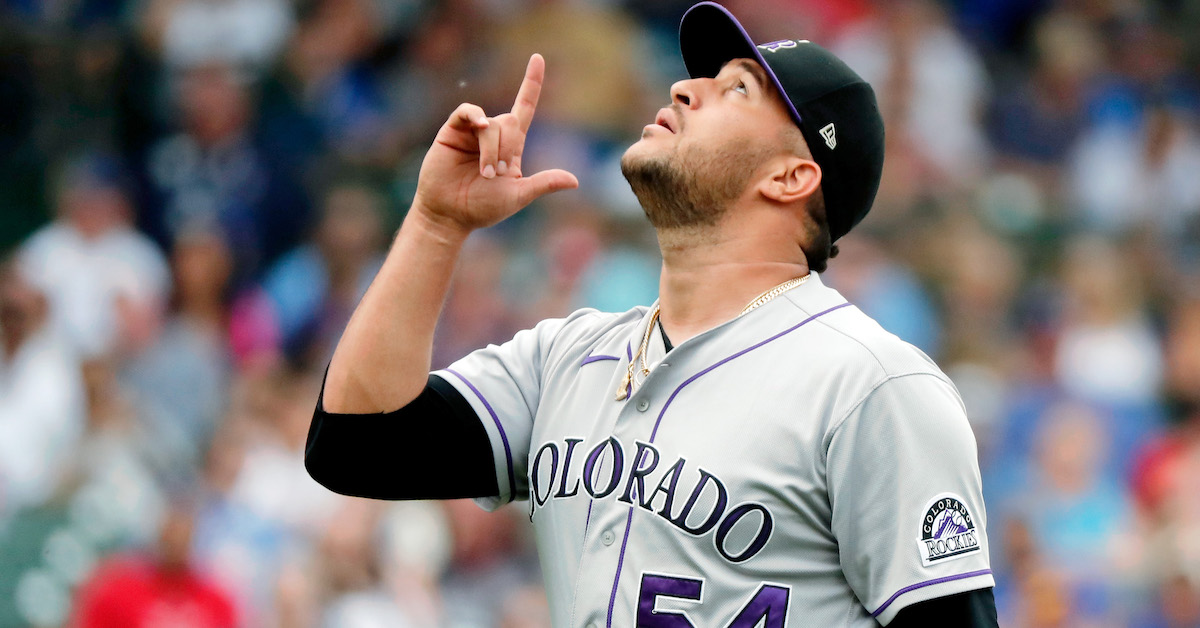Mets Bolster Starting Rotation With Two-Year Deal for José Quintana

The Mets have done it. They’ve finally landed a superstar starter to replace Jacob deGrom. Wait, sorry, I’m being told that someone already wrote about the Justin Verlander signing. Instead, I’m here to talk about José Quintana, who signed a two-year, $26 million contract, according to The Athletic’s Ken Rosenthal and Will Sammon.
Just to be clear, Quintana was a very good pitcher in his own right this year. Despite his 6–7 record (I’d like to see you try starting a game for Pirates and being credited as the winning pitcher), he posted 4.0 WAR, a 2.99 FIP, and a career-best 2.93 ERA, pacing the Cardinals down the stretch after a deadline trade.
The 34-year-old will no doubt enjoy his new role as the precocious youngster of the Mets’ starting staff, next to wizened aces Verlander and Max Scherzer. In fact, as the rotation stands now, the 27-year-old David Peterson is the only starter younger than Quintana. The Mets will be expecting a whole lot of innings from pitchers who are just a few years away from having an entire bookshelf devoted to biographies of Winston Churchill. Read the rest of this entry »










